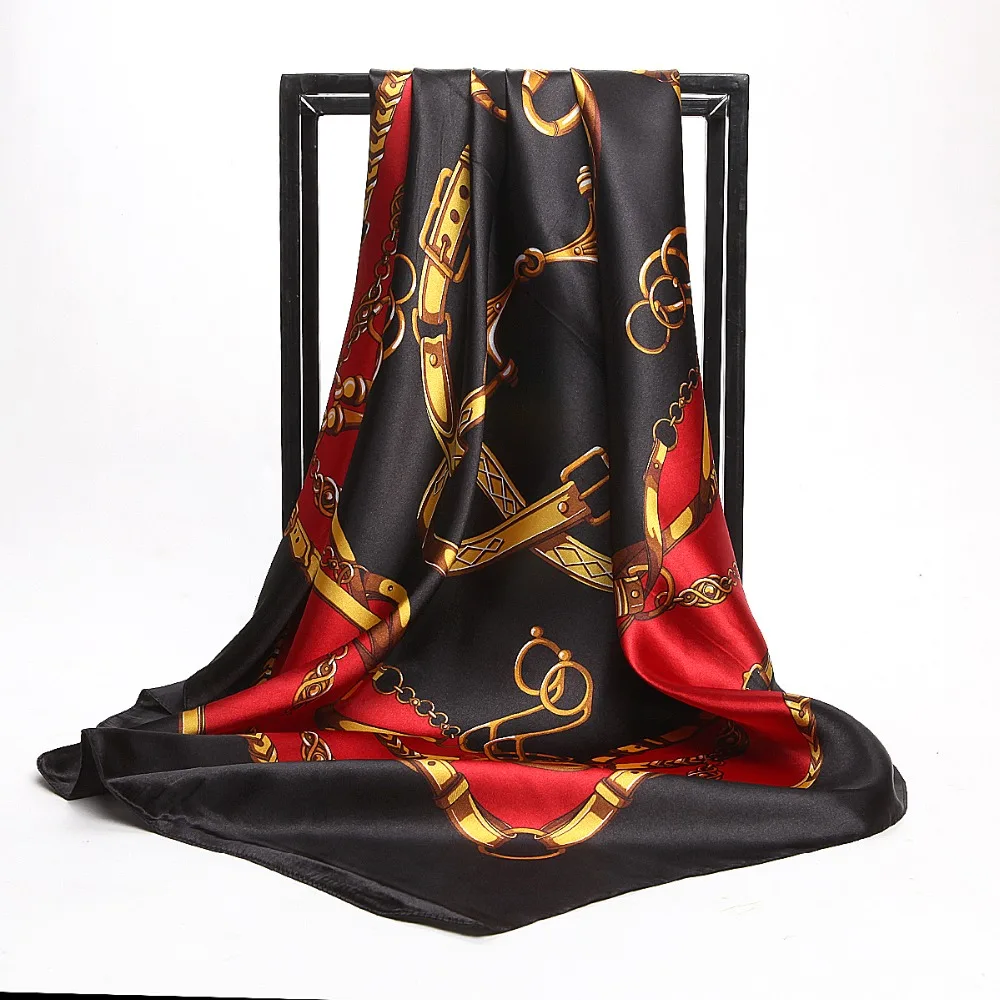
The Kashmiri weavers, who buy the raw pashm from the middle men, the only connecting link between the Changpa tribe & the Kashmiris clean the grubby raw pashm fibre. Who process pashmina? The Changpa tribes of Ladakh who herd the changthangi goat & harvest

The sparse availability & high prices, along with the combination of high demand & banning of the toosh fibre, led to Pashmina becoming the most sought after fabric in the world.

The pashm trade was shielded from any political controversy by the various treaties signed & this resulted in the prospering of Kashmir’s shawl industry in the late 19th century. It had always been the soft spot of the producing regions, reaping the most profitable revenues.

Pashmina, perhaps is the only fibre, for which various invasions had been planned & many treaties signed to gain control over its trade. The Changthangi goats that live at higher altitudes produce longer pashm fibre. The suitable fibre length for hand weaving of “pashm” is more than 5 cms. The pashm from the changthangi goat is between 13 to 19 microns. The diameter of the fibre determines its fineness & is measured in microns, i.e., 1/1000 of a millimeter. The raw pashm is available in colors ranging from white, considered the most premium, to brown & grey. The factors which determine the quality of pashmina are its fineness, its fiber length & color. This is the origin of the 19th century use of the term “Cashmere” for all goat pashm. The westerners, unable to pronounce Kashmir, started calling it as “Cashmere”. The pashm of the changthangi goat is considered to be par excellence & is the raw material used to weave Kashmiri shawls. This fine warm fiber, called “pashm” is shed by these goats during spring & that is when it gets harvested by the Changpa tribe. This fine fiber coat enables these goats to survive the chilly winters. The fleece of the Tibetan or Changthangi Goat is called Pashm which is an urdu word & has its origins in Farsi.ĭuring the stark winters, with temperatures below -40° C, the Changthangi goats grow a thick down of very fine & warm fibers under their coarse outer layer of fur.
#DESIGNER HEAD SCARF HOW TO#
To help get your started, we curated the top edit of this season’s must-have silk scarves, along with a guide on how to style them for the ultimate new season update.Pashmina is the yarn spun & then woven into a fabric from Pashm. Whether it’s styled as a retro headwrap à la Dior or as a chic bracelet or belt, there is no shortage of chic styling options when it comes to this versatile accessory. Of course, as designers and street style stars have demonstrated time and time again, there’s more than just one way to wear this stylish add-on. As the colorful tie-dye and logo-printed styles made their way down the runway, we couldn’t help but feel inspired to grab our favorite silk scarf and work the trending piece into our daily edits. The tried-and-true accessory, once made famous by the likes of such fashion icons as Jackie O., Brigitte Bardot, and Marilyn Monroe, has made a notable resurgence among the fashion set in recent seasons, and judging by Dior’s fall 2020 show earlier this week, it appears the trend isn’t going anywhere just yet.įor fall 2020, designer Maria Grazia Chiuri showed an array of printed ‘70s-inspired scarves, some of which were worn as a traditional head scarf, while others were folded and worn around the forehead like bandana for an au courant spin. If you’re looking for an unexpected way to add a touch of sophistication and graphic intrigue to your ensemble this season, look no further than the classic silk scarf.


 0 kommentar(er)
0 kommentar(er)
